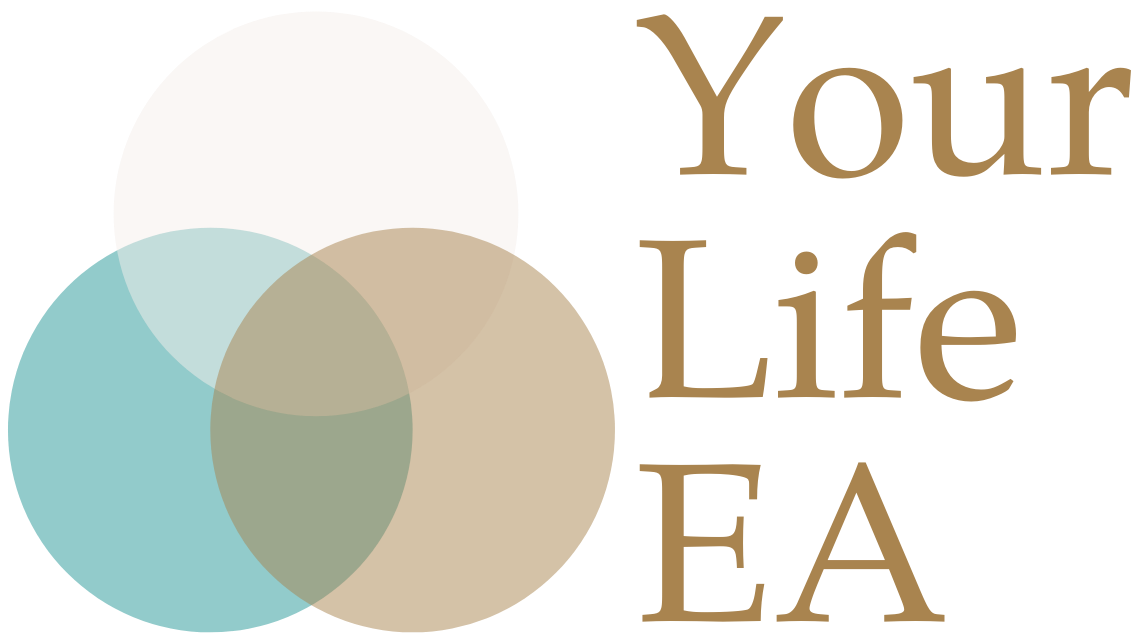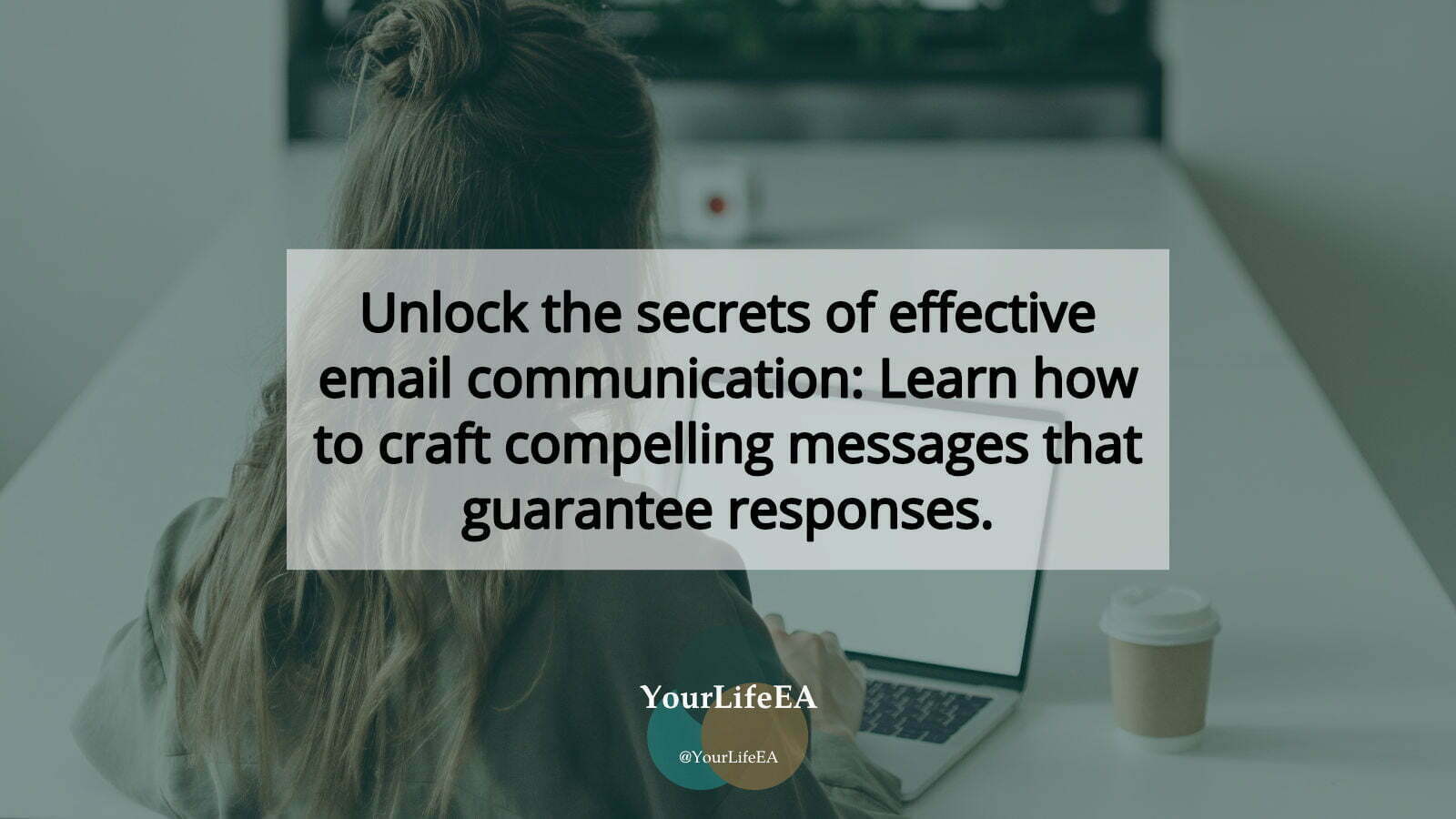Are you getting responses to your emails?
If not, read on
So what?
ICYMI I reckon getting a response to your email is an art form. A boring, long drawn email will not get you a response whether you’re sending an email to a prospective client or reaching out to a potential mentor. The ultimate goal of your email is to make it as effortless as possible for whoever you’re emailing to find time to get back to you and converse with you. You will want to be as concise and clear as possible whilst ensuring that your messaging resonates with your recipient on an emotional level. By having an effective communication, you will:
- Spark curiosity;
- Leave a lasting impression;
- Evoke an emotional response;
- Establish a connection with you; and
- Ultimately get a response that you want.
In the next three blog posts, we will discuss what you need to do with your initial email to get the response you want.
Introduction
Introducing yourself in an email is crucial as it sets the tone and establishes credibility. Start by including a formal greeting, using a clear subject line and providing your name. Briefly mention your role or affiliation in order to showcase your expertise and professional background. State the purpose of your email concisely and express gratitude or terence any previous contact. Make sure to maintain a polite and professional tone throughout the email. Expressing gratitude is something that many of us often forget to include.
Specify
You need to be specific in order to be effective in your communication. Using a clear subject line and introduction, state your purpose of your email whilst providing relevant context as to why you’re emailing. You can use bullet points or bold text to highlight key points. Asking direct questions will get you specific information and responses from your recipient. Ambiguity kills businesses.
Offer
If you want your recipient to be compelled to reply to you, you need to give them a compelling offer. One such thing increases the likelihood of achieving your desired outcome, whether it’s generating a sale, securing a meeting, or encouraging engagement with your email content. Including an offer demonstrates that you value the recipient’s time and are willing to provide them with something of value in return. To effectively include an offer, understand your audience and their needs, define your objective, create a compelling offer, highlight it in the subject line, personalise your email, clearly state the offer, add a clear call-to-action, create a sense of urgency, provide additional information if needed and make sure to follow up. Strive for a balanced approach that focuses on building relationships and showcasing genuine interest in the recipient’s needs.
What now?
- Come back next week to find out the last piece of the puzzle and complete your perfect email.

